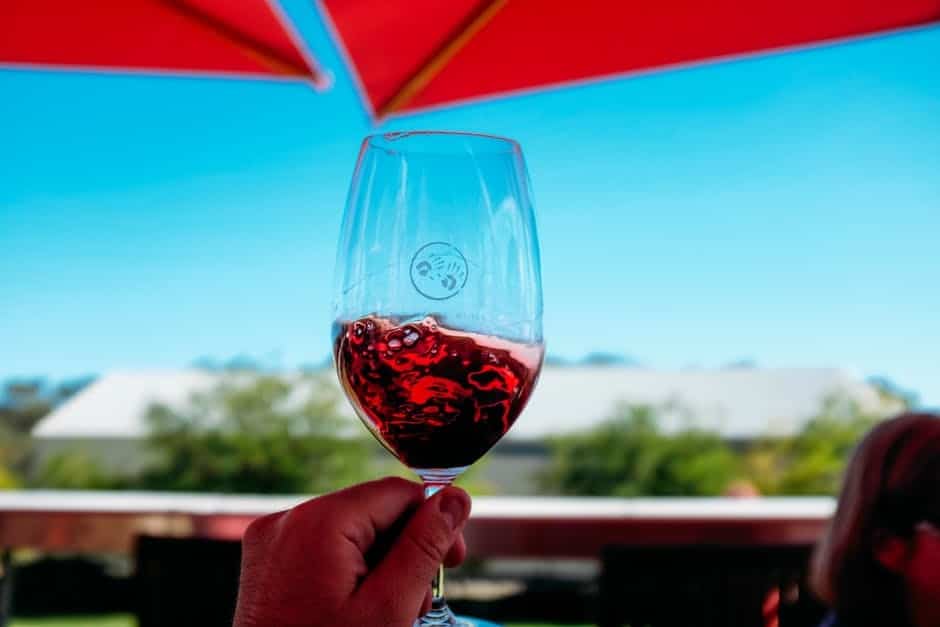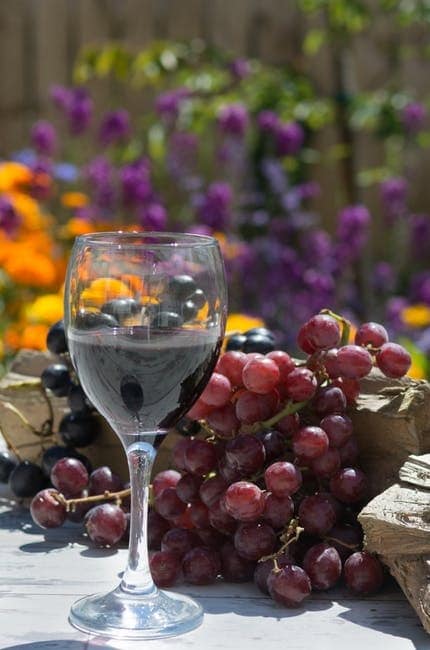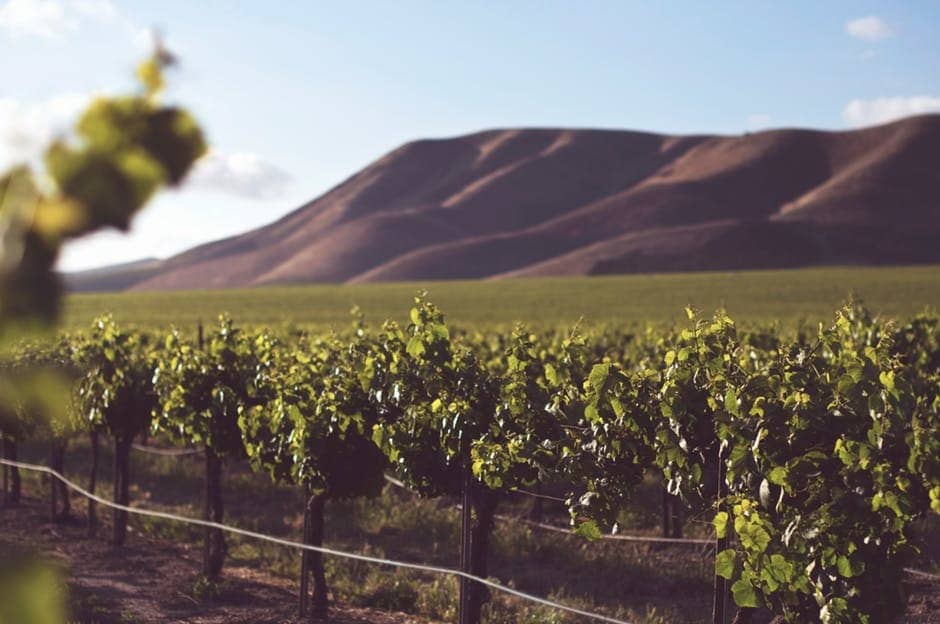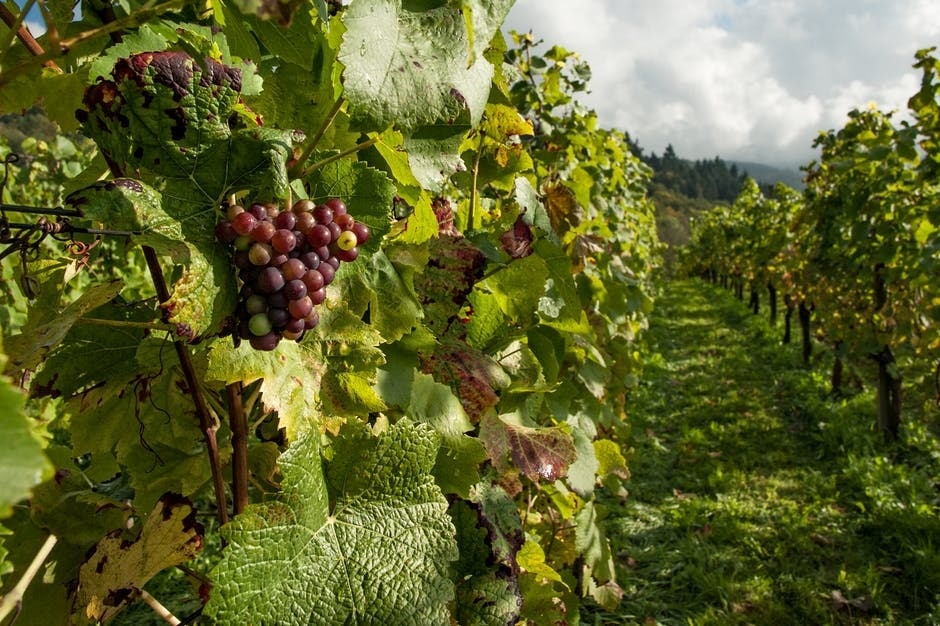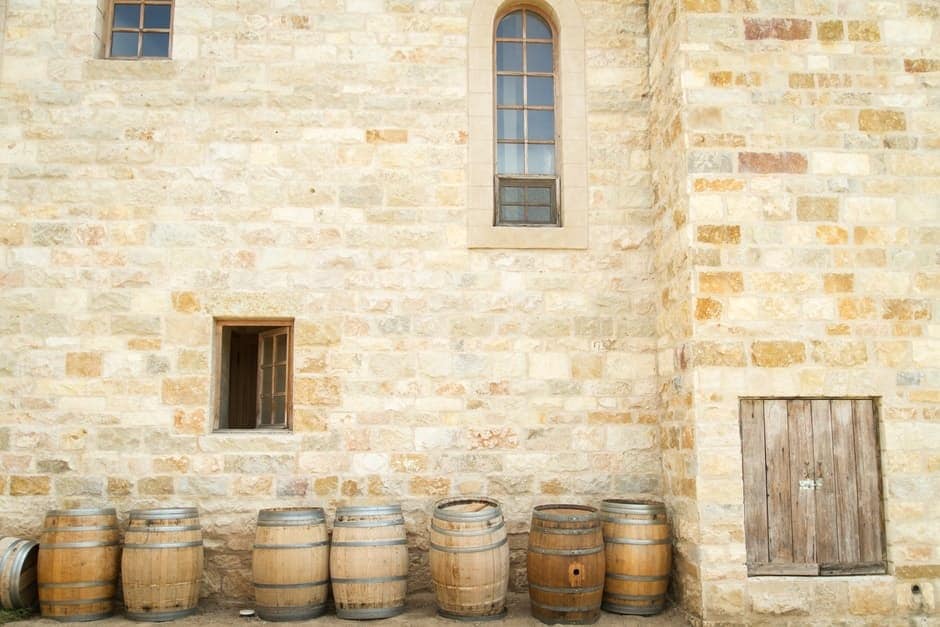
The Three Factors That Create Distinctive Characteristics for Each Wine Variety
You’ve got three bottles of wine that are made from the same type of grapes. But, when you poured yourself a glass of each of the bottles and took a sip, you noticed that there is a subtle difference in their flavors. How could this be?
If wine could speak, you’d find that each bottle in your cellar has a story to tell. Where the vines were grown, how the grapes were fermented, and when the wine was bottled are factors that contribute to their uniqueness.
 1. Where The Wine’s Journey Began: Terroir
1. Where The Wine’s Journey Began: Terroir
The first variable that contributes to the subtle yet distinctive characteristics of a particular wine is terroir. Terroir is a French word that literally means terrain. But, in the wine making industry, terroir means more than just location or region.
A wine’s terroir includes every single aspect of the vine’s growing conditions. The composition of the soil where the vine grew, the amount of sunlight it is exposed to, and the quantity of rain it receives – all these, plus the circumstantial factors that affect how the grapes were nourished, are encompassed when talking about terroir.
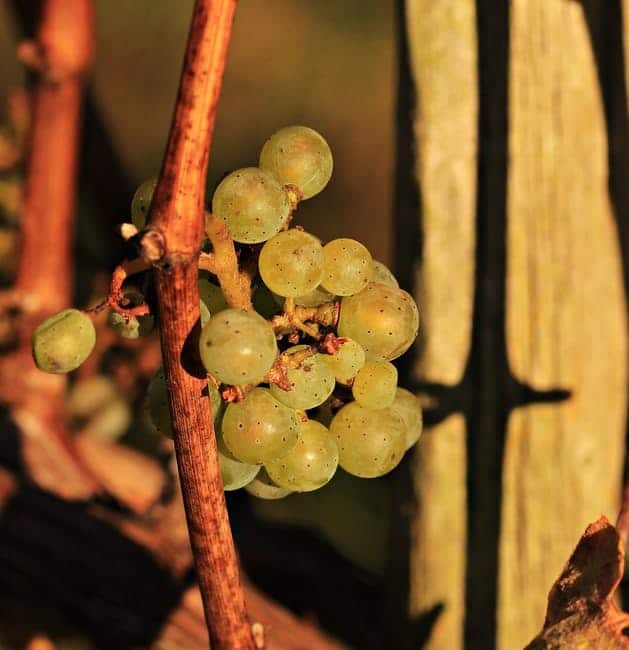
The surrounding conditions of the vineyards also affect the flavor of the wines they produce. Chardonnays produced from Burgundy, for example, are made from grapes that were grown on top of limestone. This is why you’ll notice subtle limestone flavors in the wine. There are vineyards in California that produce wines with a hint of eucalyptus flavor. This is because these vineyards are located near an area of eucalyptus trees.
2. Each In Its Own Time: Vintages

What year is a good vintage? Don’t ask winemakers!
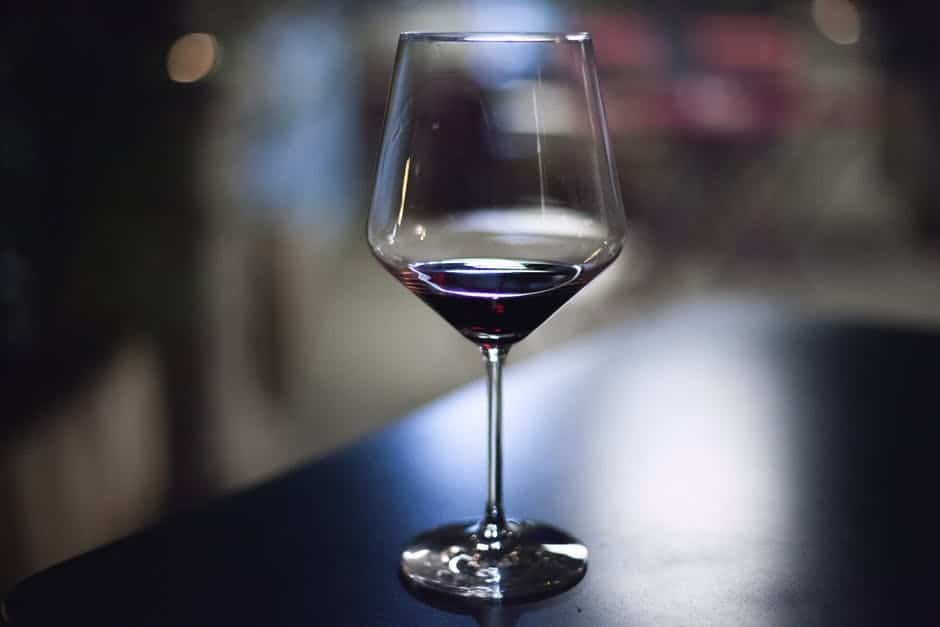
Ask the wine critics. These people are more honest when it comes to scrutinizing a vintage. They’ll tell you the blunt truth about the pros and cons of each bottle. They’ll elaborate on specific descriptions, such as acidic tinges, berry aromas, etc. Because of this honesty, they’re not partial to any winemaker. They’ll commend the product of a certain producer for the wines produced in 1995, but then criticize it starkly for bottles made in 1996.
The 2000 Barolos, for example, are applauded by many critics as some of the best wines ever produced. This is most probably because the grapes were grown and harvested in a period that had the right amount of heat and rain. 2000 California Merlots, on the other hand, have been spurned by critics because of their off-tasting characteristics, which were probably because the grapes were grown and harvested in an unusually cool summer.
A few winemakers have found a way to consistently produce good wines, regardless what season the grapes were grown and harvested. And the solution is to remove vintage labels completely. They did this by producing wines made from grapes that were grown in multiple years. Through this technique these select winemakers have been able to effectively avoid the problem of fluctuating quality.
3. Oak, My Love, My Darling: Fermentation Containers
One of the most important decisions that wine producers have to make is where to ferment their wines. Before wine is bottled, it has to be kept in a container to ferment. The two known containers used for fermenting wine are oak barrels and stainless steel tanks. Where wine is fermented also contributes to the formation of its unique characteristics.
Most winemakers ferment their wines in oak barrels, because these wooden containers have a tendency to soften the wine. Additionally, oak imparts its characteristics on the flavor of wine, which makes it taste more interesting. Oak gives wine notes of vanilla, clove, and fresh cracked pepper.
Oak barrels can either be from the United States or France. The French variety imparts subdued oak flavors on wine, while the one from America lends stronger characteristics to the wine. Oak is a type of wood that has high levels of tannin content. American oak imparts sharp tannins on wine, while French oak lends more subtle tannins.
Wines that are fermented in stainless steel containers tend to have fruitier flavors. This is because stainless steel more effectively preserves the fruit characteristics of wine.




